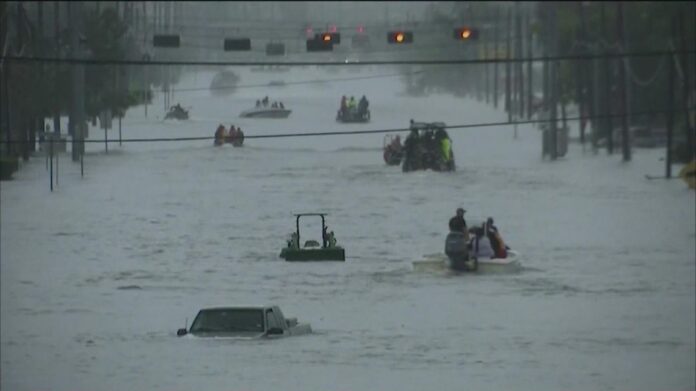
Meteorologists warn that the 2025 hurricane season could resemble the destructive 2017 season.
CHARLOTTE, N.C. — As the 2025 Atlantic hurricane season officially begins, meteorologists are sounding the alarm that this year could resemble one of the most destructive seasons in recent memory—2017, the year of Harvey, Irma, and Maria.
WCNC Weather Impact Meteorologist Chris Mulcahy drew a striking comparison between current atmospheric conditions and those that preceded the catastrophic 2017 season.
“What I went through was: Since 1950, what year had the same temperature at this point in the season? And one stood out from all the rest,” Mulcahy explained on WCNC+ during a stream Monday morning.
Referencing the Pacific water temperatures and the El Niño–Southern Oscillation (ENSO) cycle Mulcahy explained, “2017 wasn’t an exceptional year for the amount of storms that we had, but we had six major hurricanes.”
This year, forecasts from North Carolina State, Colorado State University, and NOAA’s National Hurricane Center predict between 12 and 19 named storms, with an average of eight hurricanes and four to five major hurricanes. Mulcahy emphasized that the ENSO cycle is currently in a neutral phase, known as “La Nada,” but is trending slightly toward La Niña—conditions that historically support more intense Atlantic hurricane activity.
“We just got done with a weak La Niña in 2024 and you saw what that [did],” Mulcahy noted, referencing a destructive season featuring storms like Helene and Debby. “Right now, the most recent estimate was around 0.2 °C below normal. So that’s a little bit closer to La Niña, but technically it’s La Nada.”
The 2017 season, which Mulcahy warns could be a blueprint for 2025, included Hurricane Harvey—a Category 4 storm that caused $125 billion in damage and dropped over 60 inches of rain in the Houston area. “[Harvey produced] the most rain ever to come from a tropical cyclone in recorded history,” he said.
Mulcahy also recalled the devastation of Hurricane Irma, which destroyed 95% of structures on Barbuda, and Hurricane Maria, which left Puerto Rico without power for over a year.
Beyond coastal threats, Mulcahy stressed the growing danger of inland impacts, including flooding and tornadoes.
“We saw it in Helene,” he said. “Sometimes just even a tropical storm as it moves inland can promote a tremendous amount of tornadoes. I remember we had 37 tornado warnings here in our area alone from [a] tropical storm.”
The message from meteorologists is clear: don’t underestimate the season ahead.
“I’m not here to scare you,” Mulcahy concluded. “I’m just letting you know that things are starting to line up and history tends to repeat [itself].”



